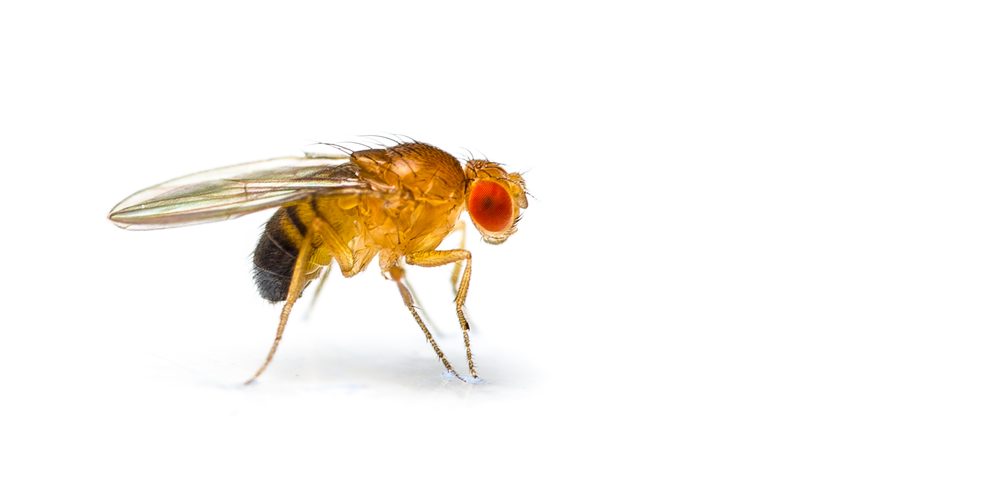Scientists Re-create All Human SMA Types, Including Type 4, in Fruit Fly Models
Written by |

Researchers from the University of North Carolina have described 14 different fruit fly models that mimic all the types of spinal muscular atrophy (SMA) seen in patients.
These include SMA type 4, also known as adult-onset SMA, which has been particularly hard to replicate in other animal models of disease due to developmental issues.
“In SMA type [4] patients appear healthy and normal at the time of birth with onset of impaired motor function occurring months or years after birth. Creating models that mimic this aspect of SMA has been difficult in the mouse, as most genetic manipulations … cause animals to be small, underdeveloped, and severely affected at the time of birth,” researchers stated.
These findings were described in the study, “Comprehensive Modeling of Spinal Muscular Atrophy in Drosophila melanogaster,” published in bioRxiv, a preprint platform.
Interested in SMA research? Check out our forums and join the conversation!
SMA is caused by mutations in the SMN1 gene, which encodes for the SMN protein essential to motor neurons’ survival. Most studies in fruit flies have focused on blocking SMN function by genetic manipulation. However, these pure loss-of-function fruit fly models fail to mimic the moderate genetic variants found in human patients. For this reason, their validity and translational value has been questioned.
“Our Class [3] and [4] fly models produce adults of normal size that appear otherwise healthy upon eclosion [hatching]. Using animals that successfully progress through all developmental stages allows for separation of SMA [symptoms] from gross developmental issues,” researchers said.
Investigators analyzed and documented the viability, longevity, motor function and muscle health of all the animals throughout their life cycle.
All animals showed similar symptoms to those experienced by human patients, including the gradual loss of motor function during adulthood.
As expected, the severity of symptoms was highly variable across the 14 lines of fruit flies, resembling the high degree of heterogeneity seen in SMA patients. This also held true for animals mimicking the adult-onset SMA.
“[T]he fly can be used to model progressive loss of motor function in SMA. We also report, for the first time in a model system, three alleles (variant forms of the same gene) for late-onset (type 4) SMA, providing an opportunity to separate severe developmental complications from neuromuscular phenotypes [symptoms presented],” researchers said.
“Collectively, this set of SMA models provides a highly useful system for studying all stages of SMA [symptoms] across the full spectrum of disease severity,” they concluded.






